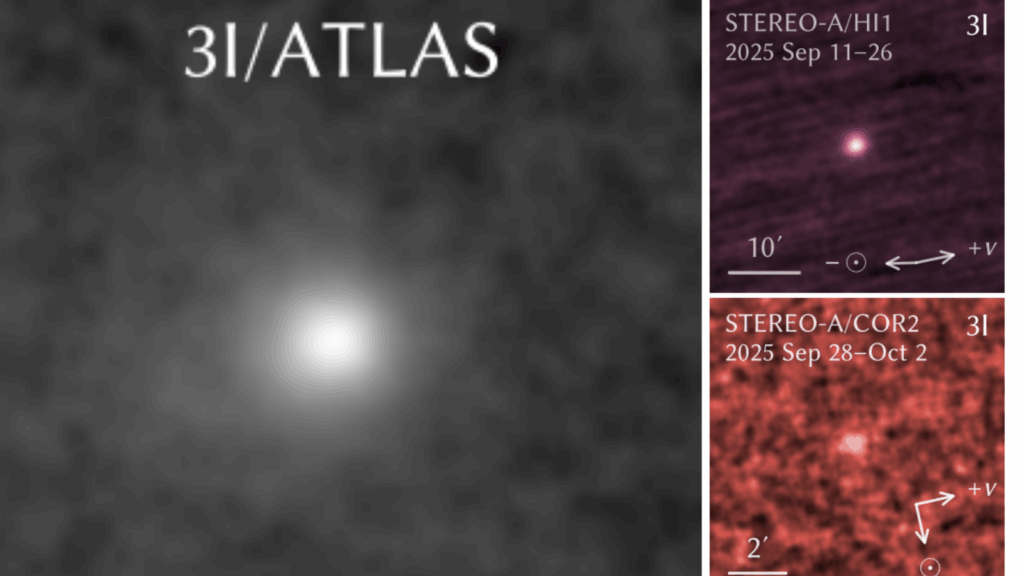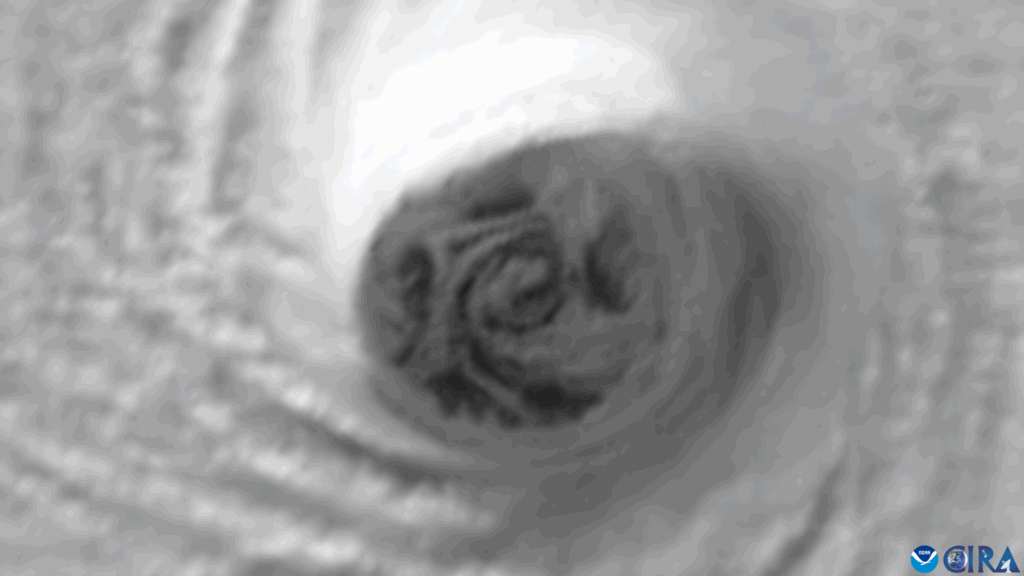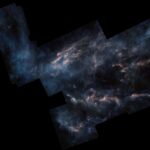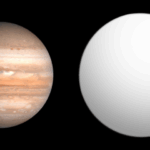Now Reading: Hubble helps explore the wreckage of a supernova star explosion in a satellite galaxy of the Milky Way (image)
-
01
Hubble helps explore the wreckage of a supernova star explosion in a satellite galaxy of the Milky Way (image)
Hubble helps explore the wreckage of a supernova star explosion in a satellite galaxy of the Milky Way (image)
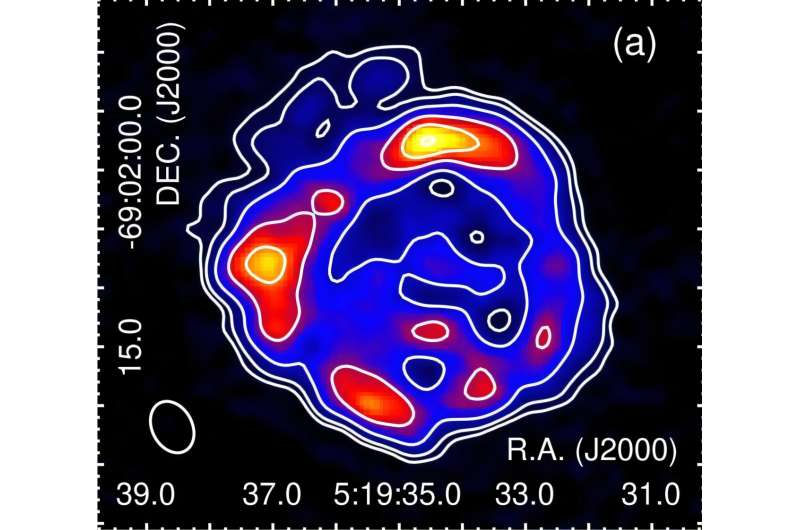
The Hubble Space Telescope may have just celebrated its 35th birthday on April 24, but it’s still providing groundbreaking astronomy.
Case in point: Astronomers have used Hubble along with an array of other telescopes including NASA’s Chandra X-ray space observatory, the Australia Telescope Compact Array (ATCA) and the Parkes 64-meter telescope, to explore supernova wreckage in the Large Magellanic Cloud (LMC), a satellite galaxy of the Milky Way.
The supernova remnant in question is MC SNR J0519–6902, first discovered in 1981. This wreckage has a ring-like structure that is around 26 light-years in diameter — that’s wide enough to fit the entire solar system across it about nine times! One of the mysteries that surrounds MC SNR J0519–6902 is exactly what violent event created it. Astronomers have long suspected that this LMC supernova remnant is the remains of a destroyed white dwarf star, but the exact details of that explosive event, called a Type Ia supernova, have proved elusive.
However, scientists may have recently found a clue. “We have presented new high-resolution images of this supernova remnant. In addition, we have provided reliable measurements of its polariation and magnetic field,” team leader Rami Alsaberi of the Gifu University told Space.com. “Thanks to the high resolution of our new images, we detected a faint structure on the northeast side of this supernova remnant that had not been observed before.”
The team also identified a cloud of atomic hydrogen that appears to be associated with this supernova remnant.
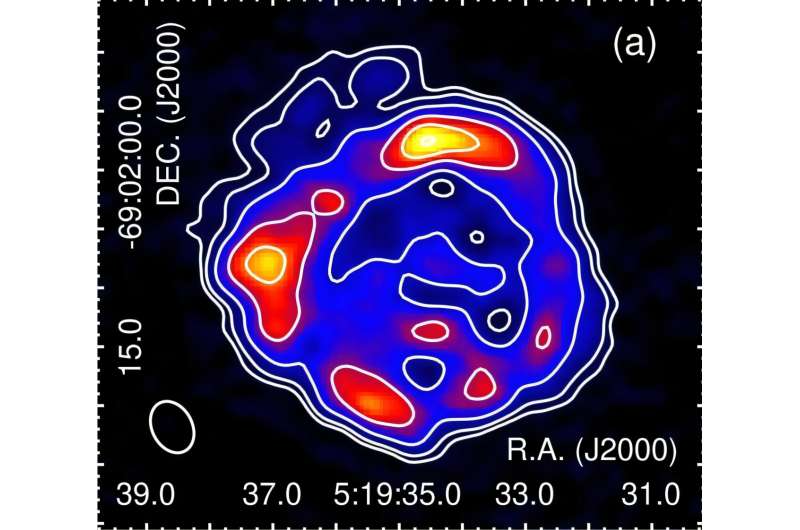
Cosmic vampire blows its top
White dwarfs are the stellar corpses that are created when stars with around the same mass of the sun run out of hydrogen in their cores. This means they can no longer perform the fusion of hydrogen to helium in their cores and the outward radiation pressure that supports these stars against the inward push of their gravity for billions of years finally ceases.
The result is that the stellar cores of these stars rapidly compress while the outer layers are blown away. This leaves behind a white dwarf as a gradually-cooling stellar ember. For solo stars like the sun, this is the end of the story, but around 50% of sun-like stars exist in binary systems with a stellar companion, and this dual existence can lead to an exciting and explosive afterlife.
“This supernova remnant is classified as a Type Ia,” Alsaberi said. “A Type Ia supernova occurs when a white dwarf in a binary system explodes.”
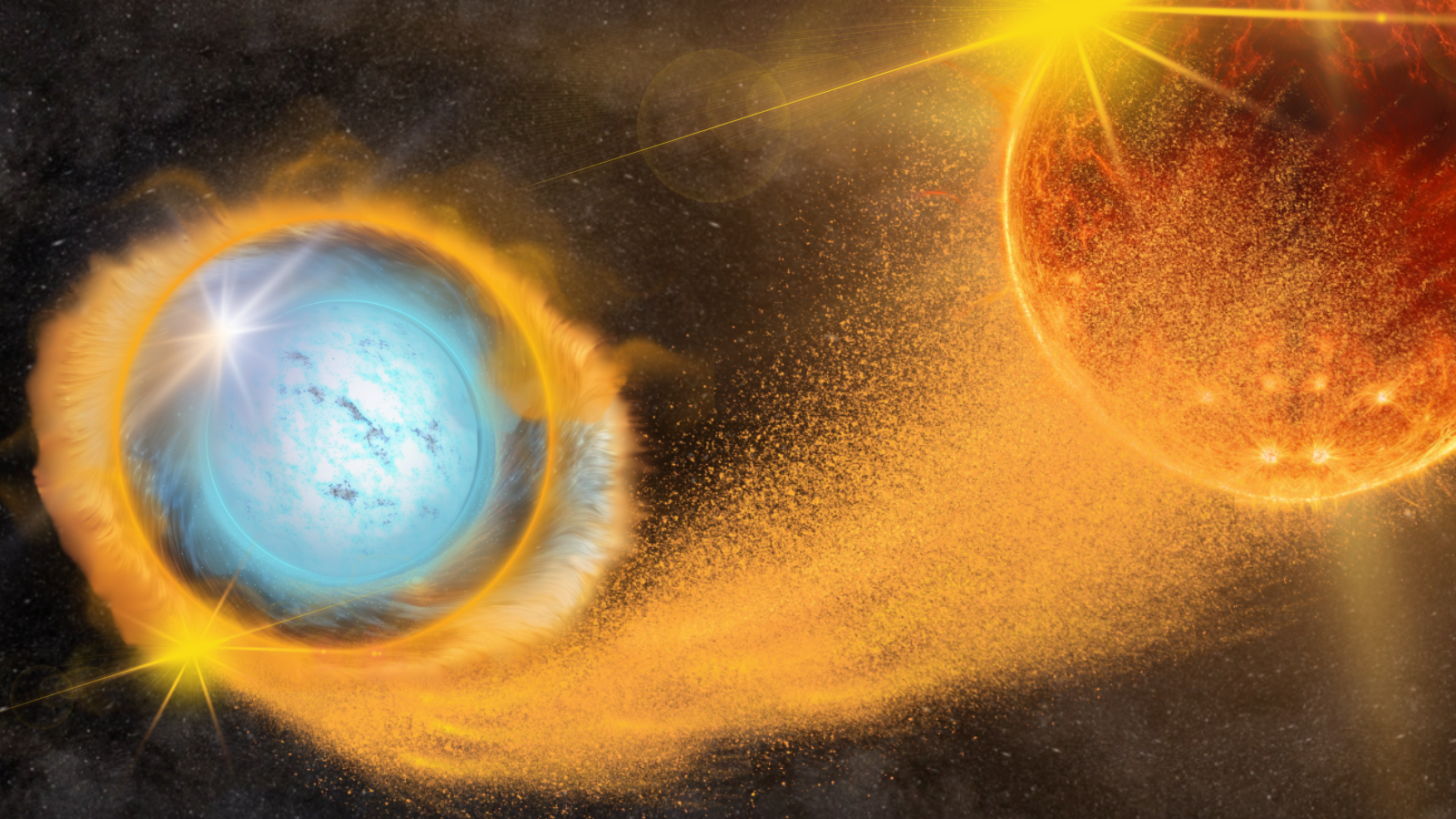
Alsaberi explained that there are two main scenarios in which binary white dwarfs can explode as Type Ia supernovas. The first pathway involves a vampire white dwarf gradually stealing material from a close companion star and accreting it onto its surface.
As this material accumulates on the white dwarf, the dead star’s mass approaches 1.4 times that of the sun, the so-called Chandrasekhar limit. This limit marks the mass at which a star can undergo a thermonuclear explosion, creating a Type Ia supernova.
In the second scenario, the stellar companion has also reached its white dwarf phase and the two dead stars gradually spiral together, eventually colliding and merging also triggering a Type Ia supernova explosion.
“Currently, it remains unclear which of these scenarios is responsible for this particular remnant,” Alsaberi said.
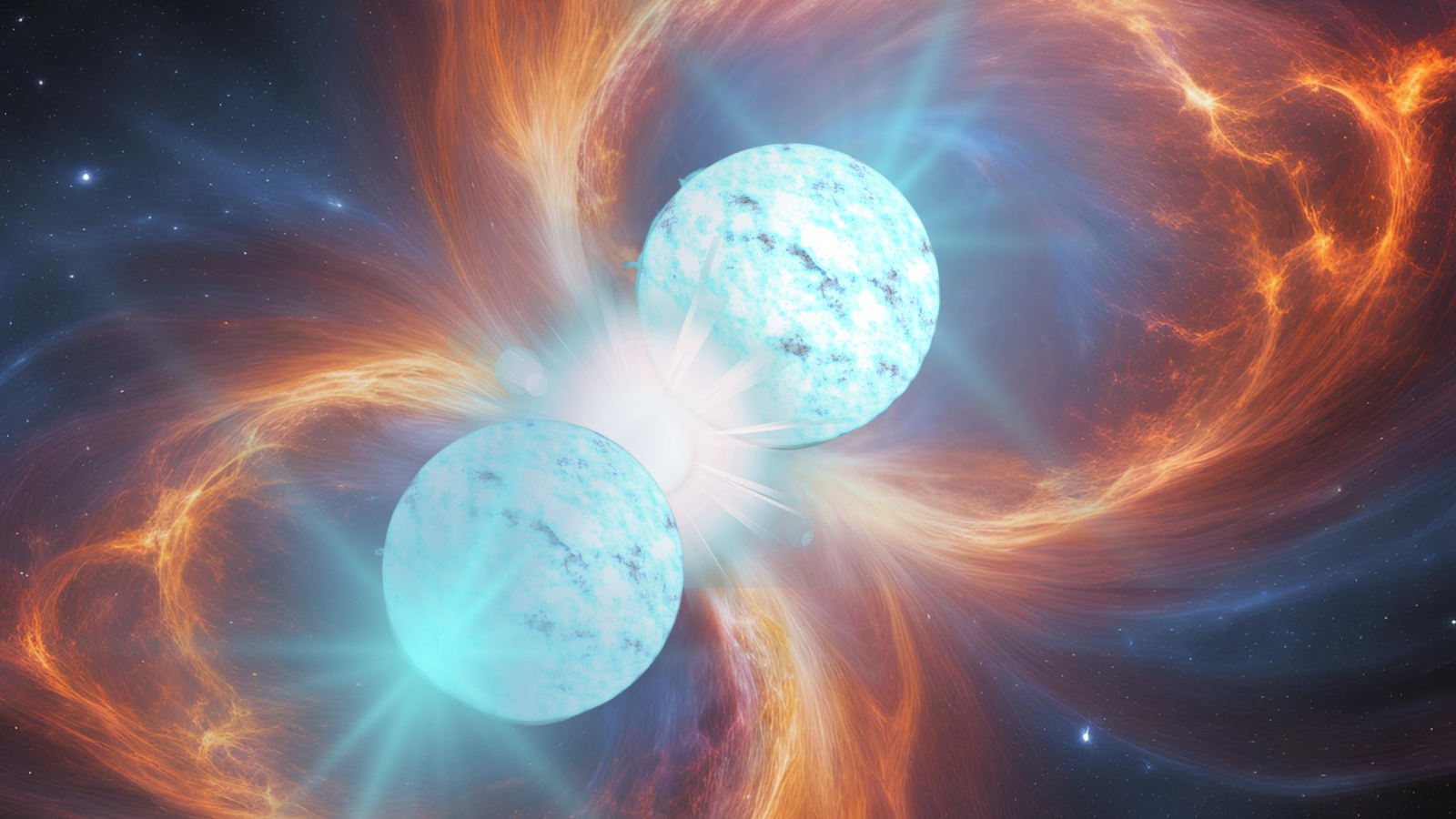
Both Type I supernova pathways lead to the obliteration of the progenitor bodies, which in this case are estimated to have a mass between 1.2 and 4 times the mass of the sun. This results in an expanding shell of stellar material rushing out from the heart of the explosion.
While the origin of this white dwarf wreckage remains shrouded in mystery, the team was able to determine other things about MC SNR J0519–6902 from their investigation.
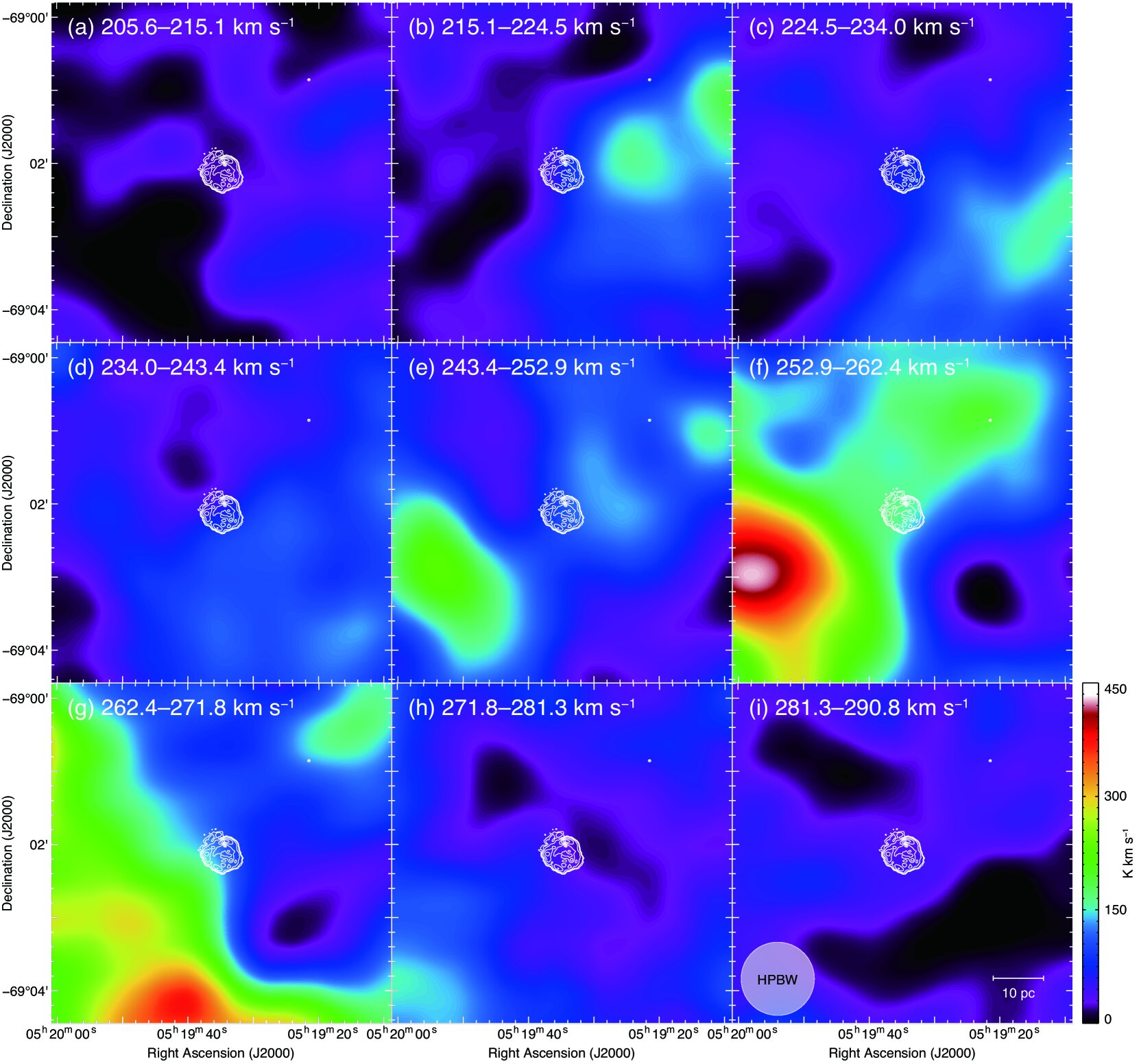
Examining the polarization of light around MC SNR J0519–6902, and the magnetic field strength of this white dwarf wreckage, Alsaberi and colleagues found that it has similarities with young supernova remnants in the LMC and the Milky Way.
This led them to suggest that MC SNR J0519–6902 is around 2,000 years old and that its blast wave is drawing to the close of its free expansion. This marks the beginning of a period in supernova remnant evolution called the “Sedov-Taylor phase,” during which the blast wave sweeps up material from the surrounding gas and dust, called the interstellar medium.
“MC SNR J0519–6902 is one of only four known young supernova remnants in the LMC with an estimated age of less than 2,000 years,” Alsaberi said.
Related Stories:
But scientists aren’t done studying this cosmic crime scene. “We plan to observe it using the Australian Square Kilometre Array Pathfinder (ASKAP) telescope,” Alsaberi concluded. “The high-resolution atomic hydrogen data provided by ASKAP will help us determine whether the atomic hydrogen cloud is associated with this remnant.”
A pre-peer-reviewed version of the team’s research appears on the repository site arXiv.
Stay Informed With the Latest & Most Important News
Previous Post
Next Post
-
 012024 in Review: Highlights from NASA in Silicon Valley
012024 in Review: Highlights from NASA in Silicon Valley -
 02Panasonic Leica Summilux DG 15mm f/1.7 ASPH review
02Panasonic Leica Summilux DG 15mm f/1.7 ASPH review -
 03How New NASA, India Earth Satellite NISAR Will See Earth
03How New NASA, India Earth Satellite NISAR Will See Earth -
 04And Thus Begins A New Year For Life On Earth
04And Thus Begins A New Year For Life On Earth -
 05Astronomy Activation Ambassadors: A New Era
05Astronomy Activation Ambassadors: A New Era -
06SpaceX launch surge helps set new global launch record in 2024
-
 07Space Force plans new ‘Futures Command’ amid pressure to speed up modernization
07Space Force plans new ‘Futures Command’ amid pressure to speed up modernization













